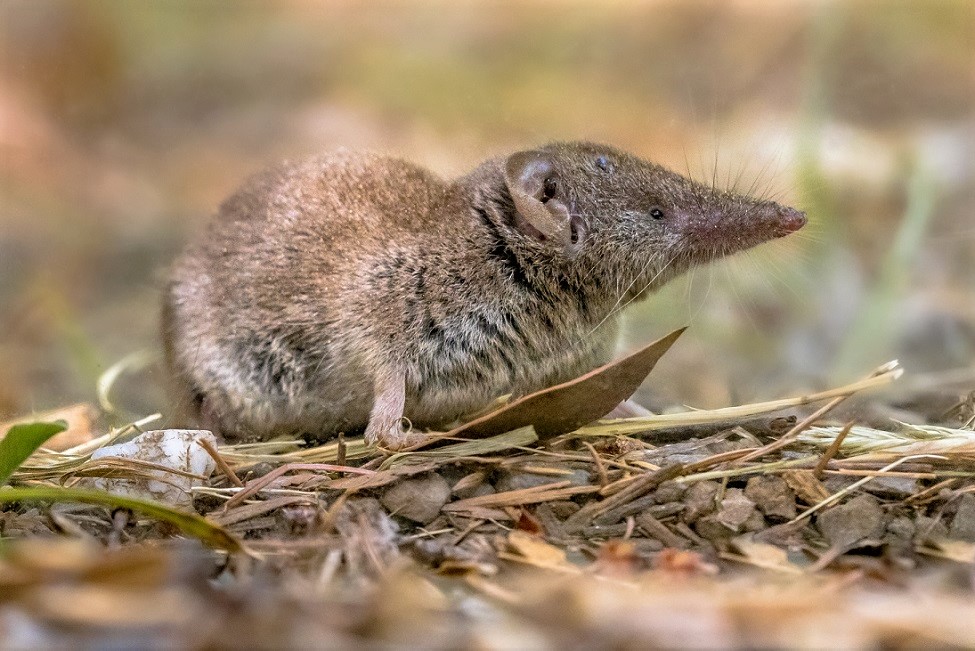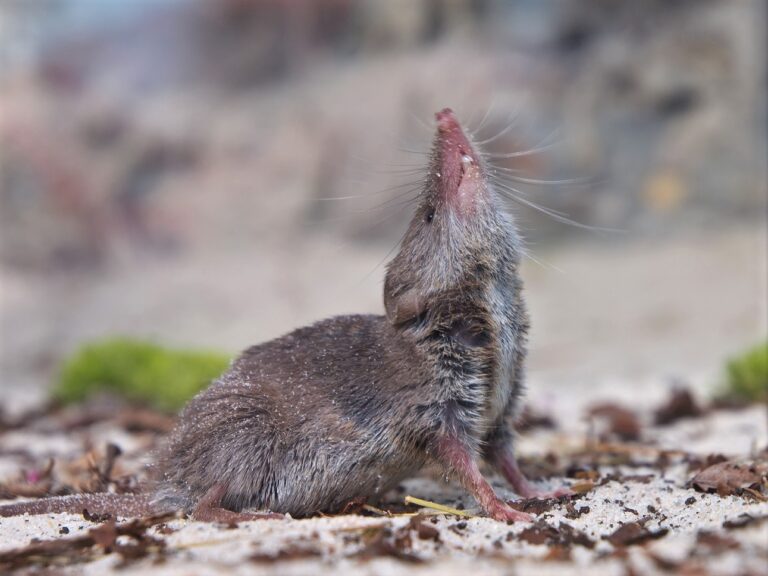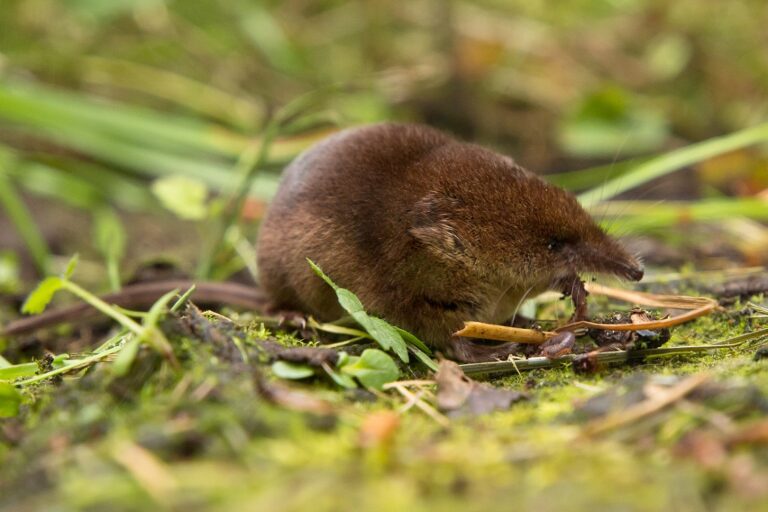
November 25, 2022
Does A Shrew Make Noise?
If you’ve never had a problem with shrews on your property, you will think these tiny mouse-like animals scurrying around are cute. But when a lot of them show up in your home or yard, they quickly become not so cute, especially when you realize that their bites are actually quite venomous.
Shrews are very vocal mammals. They make a lot of noise as they go about their daily routine. When they get into your home where you can hear them all the time, you will soon grow to hate their sounds.
Therefore, if you spot a shrew in your house or yard, you must act promptly to get rid of it. Keep reading to learn in detail about the sounds that shrews make and how to recognize them.
What Kind Of Sounds Do Shrews Make?
Shrews are noisy little creatures that have a diverse repertoire of communication sounds. Their vocalizations are their way of communicating.
By nature, unlike bat sounds, the shrew sounds are low-amplitude, multi-harmonic, broadband, and often modulated.
They make a range of squeaking and chirping calls, as well as faint high-pitched laryngeal twittering calls. Shrews also emit sounds such as clicks, hisses, churls, whistles, barks, buzzes, and short screams.
Shrews usually run along, making short ‘brrrrr’ noises. However, during the wintertime, you won’t be able to hear them that much in the snow on the ground.

Why Do Shrews Make Noise?
Since shrews are active both during the day and night, you will usually be able to notice the noises they emit. They communicate with a series of different sounds such as squeaks and clicks.
However, just like bats, shrews also make very high-pitched sounds that are beyond the range of human hearing. Especially if you’ve lost some of your ability to hear high frequencies, you may struggle to hear some of their sounds.
High-pitched sounds serve for communication purposes, to converse and communicate within families, and for interactions between mother and young.
Just like bats, shrews use an echo‐based orientation system. But it is simpler, and instead of using it for finding food, they use it to explore their surroundings.
Shrews are animals digging in the ground, so they need to produce a variety of sounds to communicate, navigate, and locate objects and other obstacles in their tunnels. When moving about, especially in new places, they find their way by making high-pitched twittering sounds that bounce off of their nearby surroundings. Their calls are for identifying routes through the new environment, for obtaining information from their surroundings, and for probing habitat types. These are ultrasonic sounds that are emitted for echolocation purposes.
Besides the ultrasonic echolocation sounds made by shrews, there are several other sounds that humans are able to hear, especially when these pests are being territorial. Because shrews are very territorial and aggressive, they can sometimes be heard fighting, and their squeaks and chirps are particularly noticeable in the summer.
Their loud sounds can show fear and aggression when fighting or interacting with other individuals. They also act as an alarm to defend themselves, ward off potential threats, and when the animal is panicking and feels threatened.
Other shrew sounds such as clicks, may occur during courtship. Male shrews will make these noises to attract and court females.
Up to 17 different types of calls have been identified, suggesting that shrews need to communicate something on a regular basis. Otherwise, if they make too much noise for no apparent reason, they risk being found by predators and eaten as they are tiny animals. Most often, the shrews make noise when they are encountering other animals or marking their territory with calls.
Meanwhile, some shrews can be heard making repetitive, low, squeaking noises while they’re lying still in their nests on their own and doing absolutely nothing.

If you frequently hear or notice small creatures running around your landscape, you might have a problem with shrews. Keep in mind that controlling shrews can be a challenge for homeowners, therefore implementing an integrated pest management approach, along with methods such as trapping, baiting, and habitat modification can guarantee the best chance of success.
If you’ve been experiencing issues with shrews on your property, you might need professional help with your shrew trapping and removal. Give our Westchester Wildlife team a call, whether you’re located in Westchester County, Dutchess County, Putnam County, NY, or Fairfield County, CT.
Our exterminators are highly skilled and knowledgeable, and specialize in a wide range of pest and wildlife control services, including getting rid of shrews. Contact us today and let us know how we can assist you!
